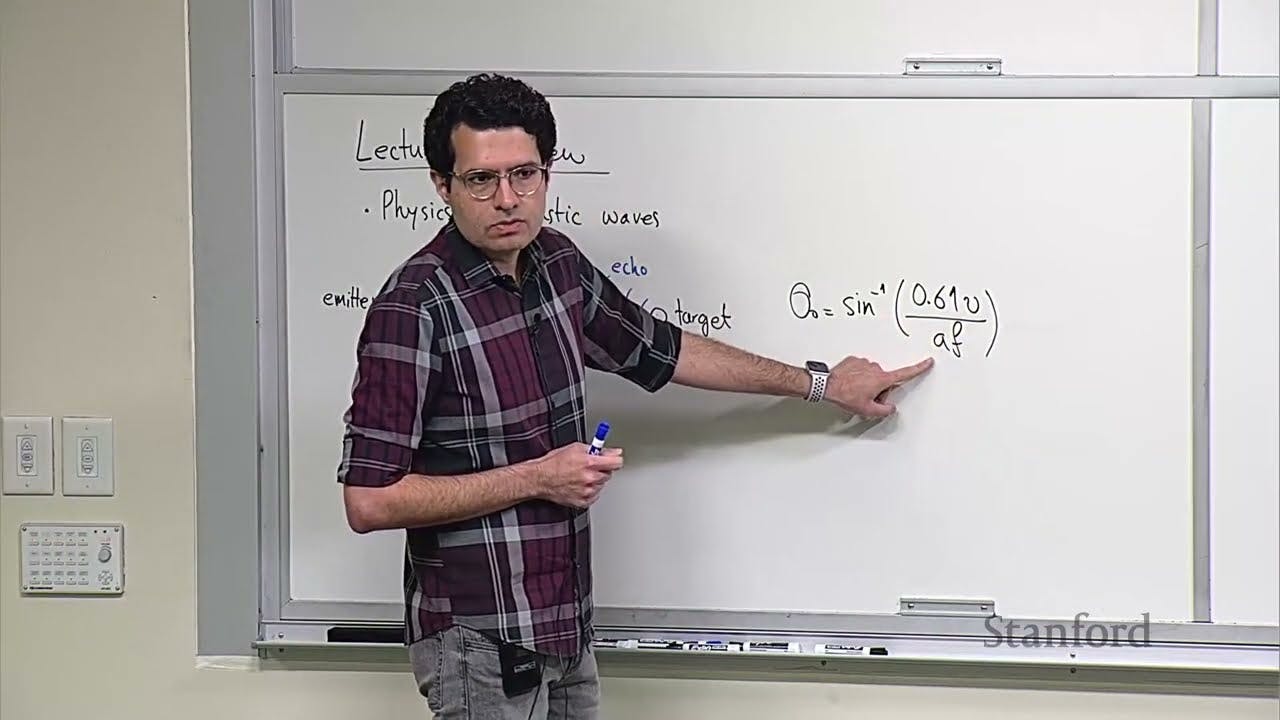Stanford EE259 I Radar principle of operation & architectures (pulsed, FMCW, PMCW) I 2023 I Lec. 10

This video discusses the principles of sonar or ultrasonic sensors. It explains that sonar sensors consist of a transmitter, receiver, and signal processing system. The video discusses the physics of sonar and the properties of ultrasonic waves. It also explains the beam pattern of the ultrasonic emitter and the sensitivity of the receiver. The video covers the echo amplitude and the factors that affect it, such as acoustic reflectivity, range, and angle of arrival. It explores different types of transducers used in sonar systems, including electrostatic, piezoelectric, and MEMS transducers. The video then introduces the system architecture of ultrasonic sensors, including the components and functions of the system. It explains the two main types of waveforms used in sonar: pulse echo and continuous waveforms. The video discusses the threshold-based ranging method and the matched filter ranging method for estimating time of flight. It also introduces linear frequency chirps as the waveforms used in continuous wave sonar and explains the process of extracting the frequency difference using a mixer or down converter. The video concludes by mentioning the advantages and limitations of pulse echo and continuous wave sonar.